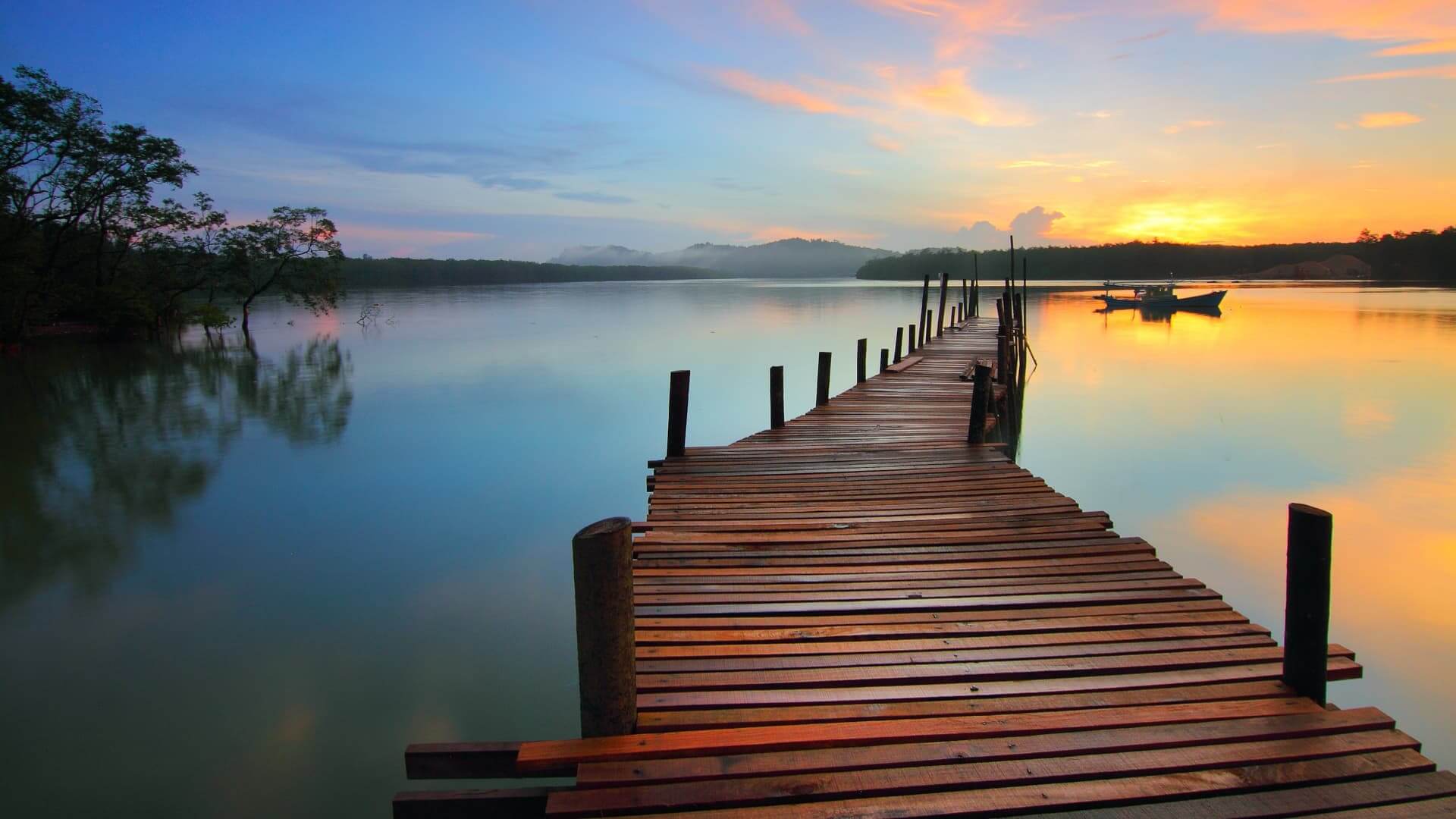If you’re just getting your feet wet in photography or videography, you’ve probably heard one million terms tossed around that either mean nothing to you…yet, or you know of them, sort of, but you’re not entirely sure how they all work together. Whatever your skill level, this post is for the aspiring filmmaker looking to brush up or learn the fundamentals. Understanding and applying depth of field, aperture, and other camera considerations determine the quality, and consistent quality of your work. This post focuses on something called deep depth of field, or large depth of field. So what is deep depth of field?
Defining Deep Depth of Field
What does a large depth of field mean?
A large depth of field means a deep depth of field.
But before we define what the heck that means, let’s do a quick recap on depth of field and what affects it, the aperture. This post assumes you’re somewhat familiar with these two terms, so make sure you can answer what is depth of field, and what is aperture. We’ll give you a quick refresher below.
Depth of field is the area of acceptable sharpness in front of and behind the subject on which the lens is focused. It essentially refers to how blurry or sharp the area is around your subject. The camera’s aperture controls this blurriness and sharpness by adjusting the size of the opening in the lens. Now how might we get a deep depth of field. Let’s properly define it and then see how to do it.DEEP DEPTH OF FIELD DEFINITION
What is deep depth of field?
A deep depth of field is a larger area in focus, as it keeps more of the image sharp and clear. It is sometimes referred to a large depth of field. Because it has a larger field of view in focus, deep depths of field are best for landscapes. In order to capture such sharpness, a narrow aperture should be used. This means you make opening in the lens smaller by increasing the f-number.
To achieve a deep depth of field, the aperture must be set to an f/16 or smaller. A clearer image and larger field of view will also be possible if you station the camera as far away as the subject as possible, and choose a lens with a shorter focal length.
HOW TO CREATE A DEEP DEPTH OF FIELD
- Narrow the aperture
- Situate camera farther from subject
- Shorten focal length
Deep depth of field means that everything in frame is in focus but sometimes this isn't what you're looking for. Here are the types of camera focus in film. For a complete breakdown, watch our episode of The Shot List that is dedicated to depth of field and camera focus.
Ultimate Guide to Depth of Field • Subscribe on YouTube
Know that we know the basics about depth of field, let's see how it's done. Here’s a quick video on how to capture a deep depth of field. After that, we'll jump into some examples.
How to capture a larger deep of field
Deep Depth of Field Examples
Examples of large depth of field
Before we jump into some considerations, let’s take a look at some aesthetically pleasing deep depth of field shots. Remember, the camera's aperture setting has a major role in creating depth of field.
What is Aperture? • Subscribe on YouTube
Let's look at some examples of deep depth of field. Notice how in each shot, everything is in focus.
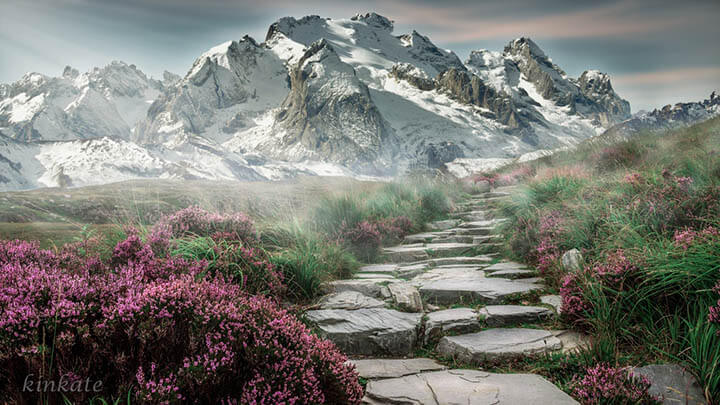
Deeper depth of field means more in focus, see source
Again, these shots are great for landscapes. But they don’t have to be.
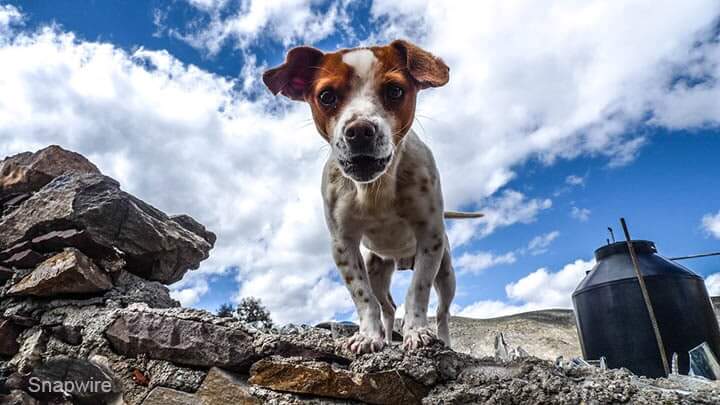
Deep or large depth of field, see source
Narrow Aperture
If you have a small aperture, where the opening is tiny, (a high f/stop), the greater the depth of field, and the sharper the background and foreground. See the graphic below.
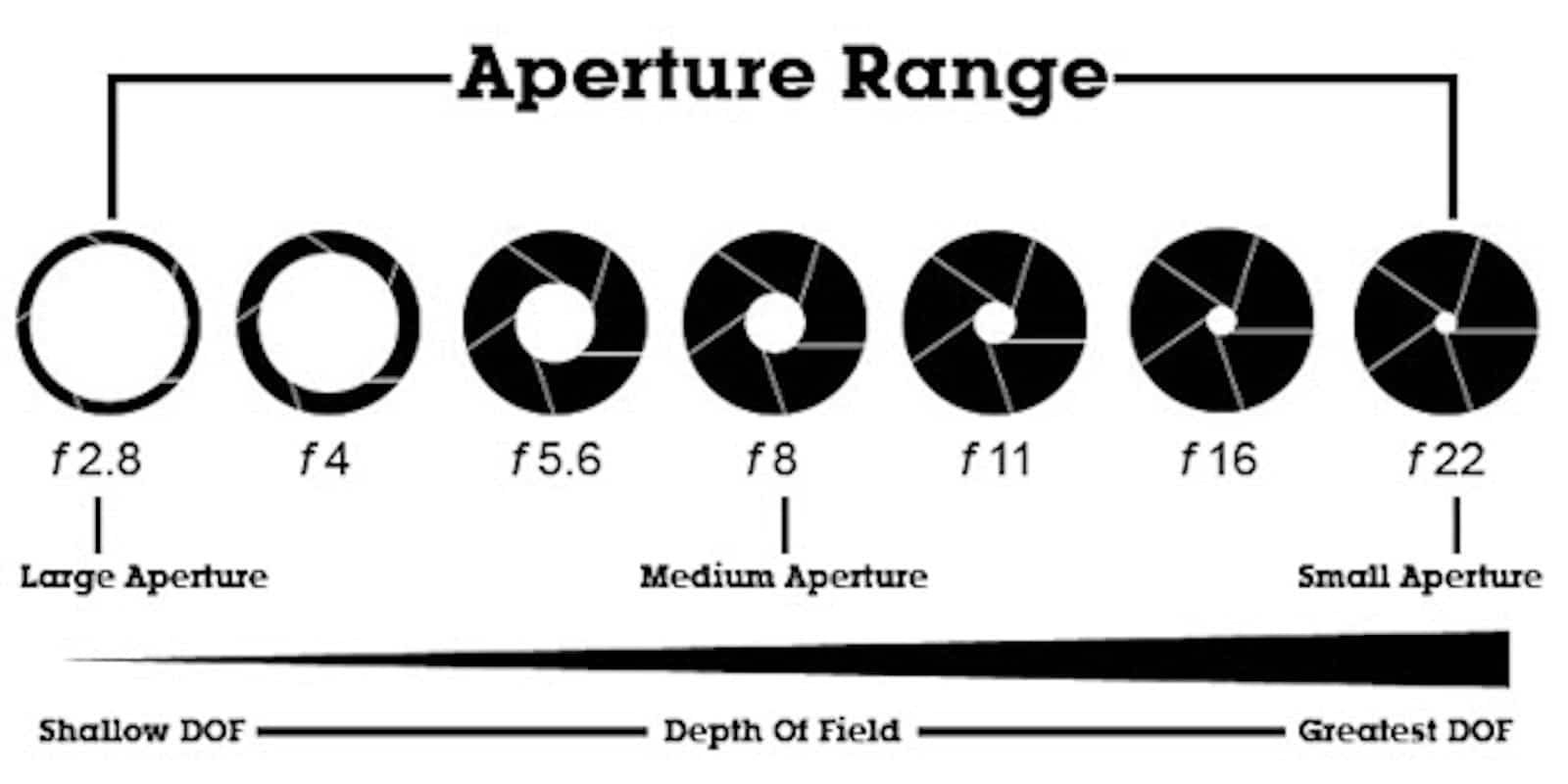
Notice the image below. The smaller the aperture, the sharper the image.
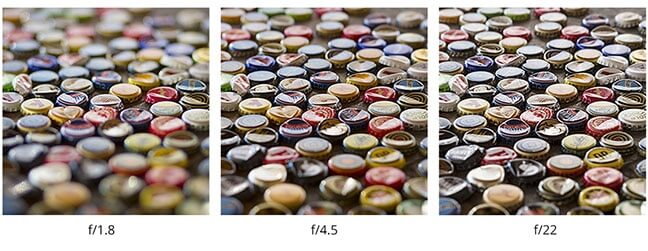
Notice how changing the aperture affects sharpness, source
Consider Camera-Subject Distance
Where you place the camera in relation to your subject can also affect your depth of field. If the subject is positioned far away from the camera, the entire image will appear sharper with a large or deep depth of field.
Consider Focal Length
A short focal length, (or wide-angle lens) will usually have a deeper depth of field. You can see below as the lens gets longer, the image around the subject gets a bit blurrier. So keep your focal length short.
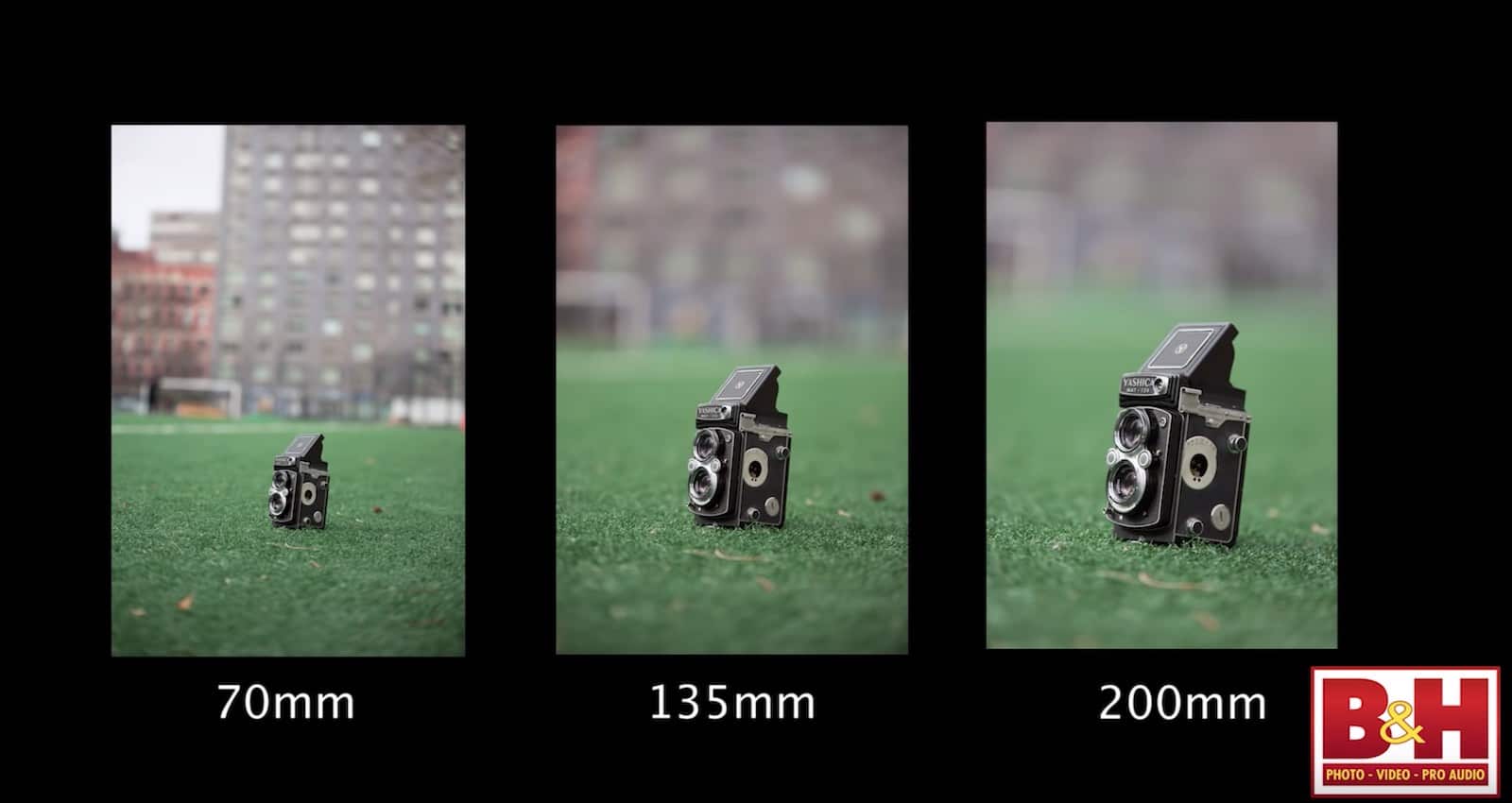
Shorter focal yields greater depth of field
Remember a deep depth of field keeps everything sharp, but you may not always want that. If you want to isolate your subject and really make them standout, a shallow depth of field is best.
Related Posts
UP NEXT
What is Shallow Depth of Field
Now that you know about deep depth of field and how to stay in focus, let's look at the other end. What is shallow depth of field, and how do achieve it in our images and footage?
Up Next: What's Shallow Depth of Field →
Showcase your vision with elegant shot lists and storyboards.
Create robust and customizable shot lists. Upload images to make storyboards and slideshows.
